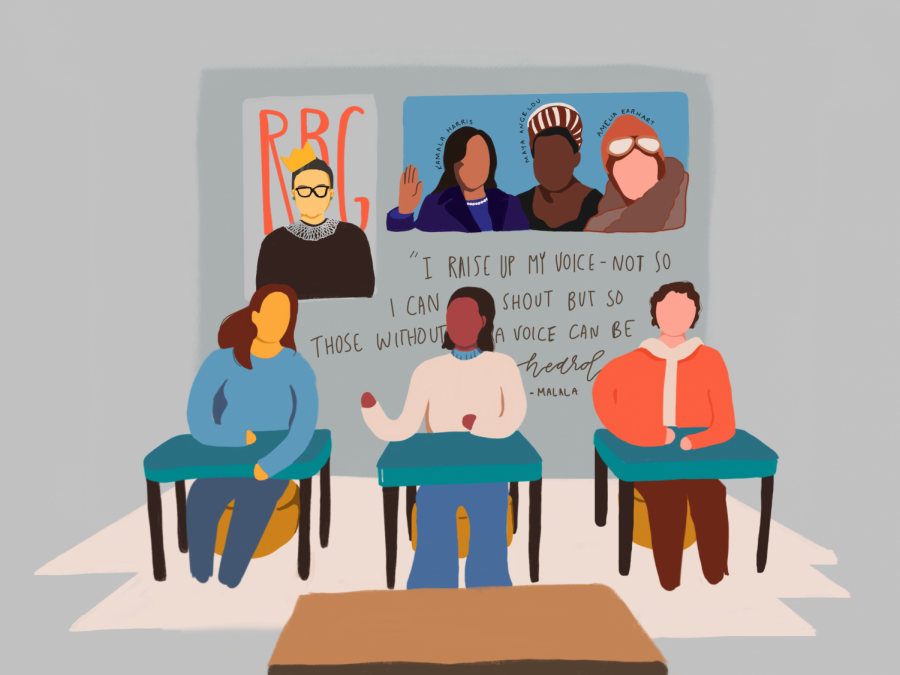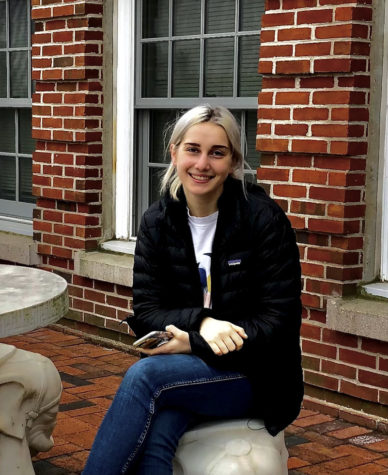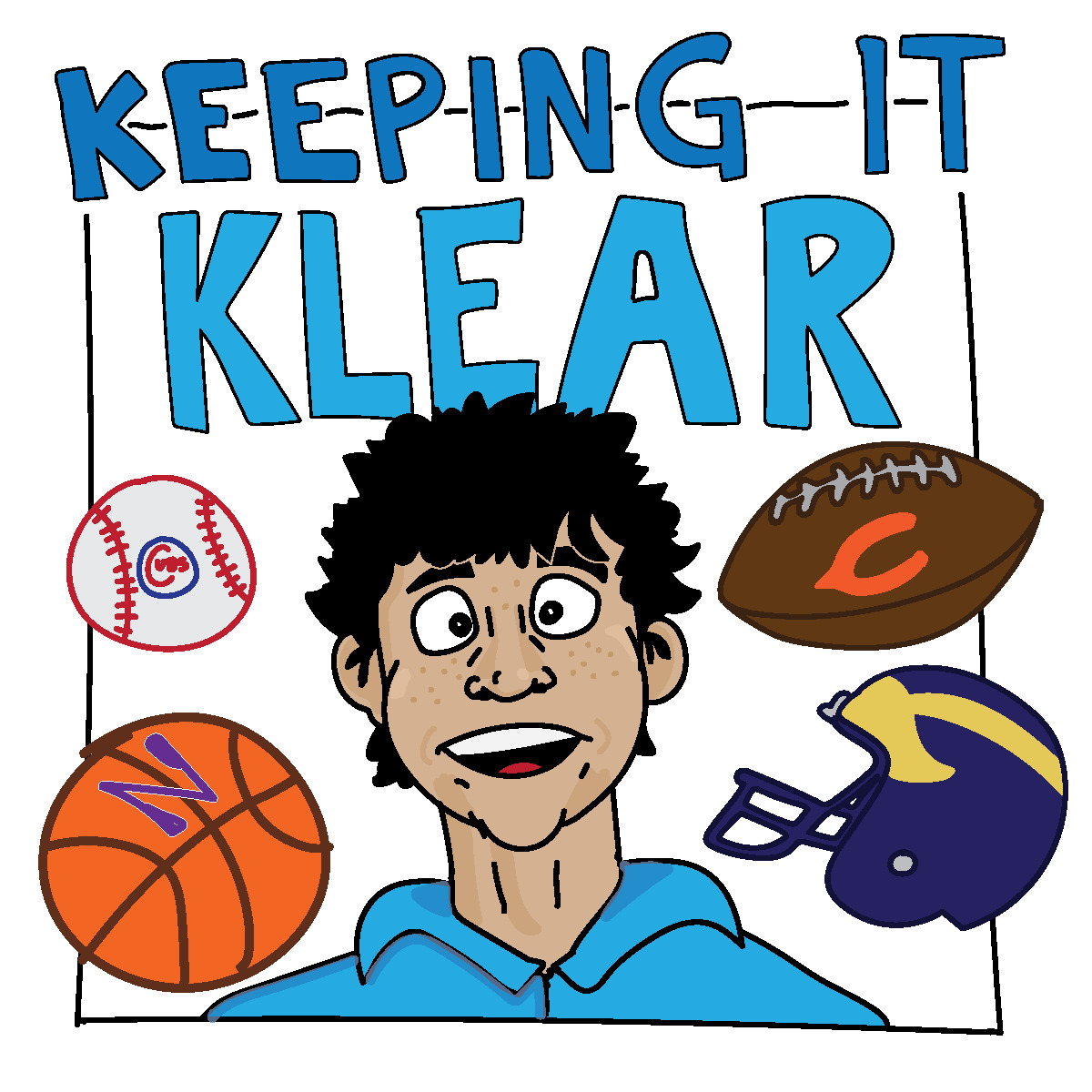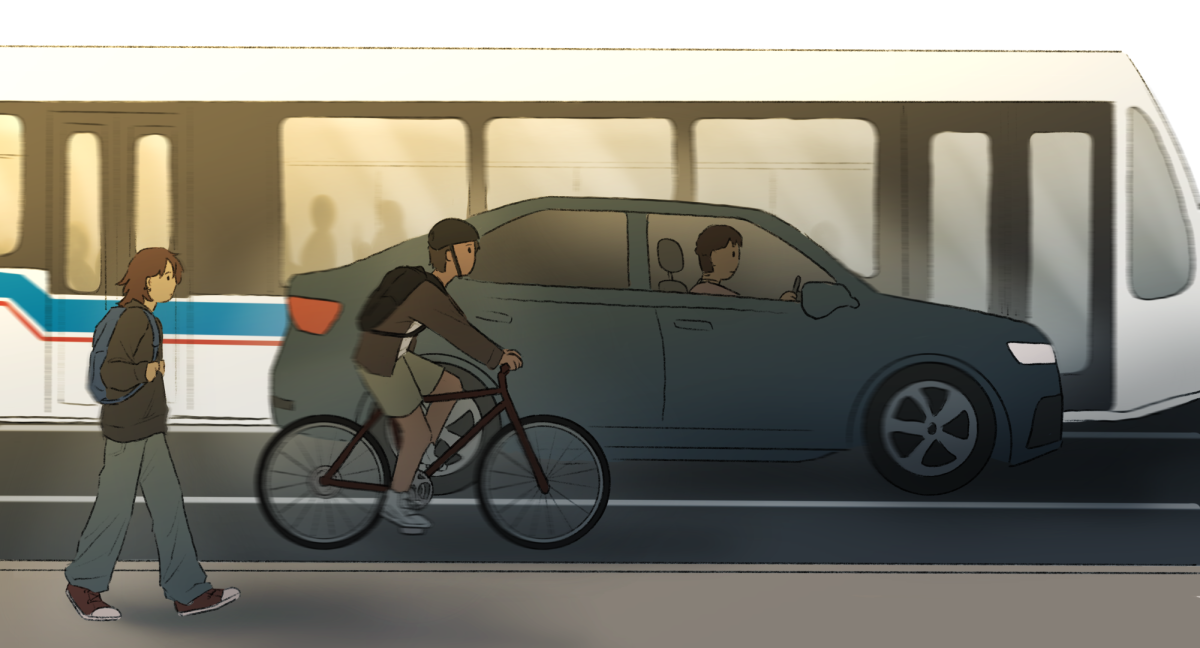Women’s history right in Evanston’s backyard
January 25, 2021
In the late 1800s, Evanston resident Catharine Waugh McCulloch opened a law office in Chicago. She filled a need for legal representation for women facing abuse, custody battles, divorce and wage discrimination, topics that would not be addressed on a national scale until years after her death. In 1893, Waugh McCulloch drafted the Illinois Women’s Suffrage Bill, which skillfully amended the Illinois Constitution and allowed women the right to vote. She would present the bill to the Illinois House of Representatives every single year until it was finally passed in 1913. Waugh McCulloch spent her life and career fighting for the rights of women in Illinois and, more specifically, within her home of Evanston.
However, some Evanston high school students remain unaware of her accomplishments.
The Evanston Women’s History Project’s (EWHP) purpose is to highlight the lives and work of the city’s women activists and pioneers. In the early 20th century, Evanston was at the center of politics with the Women’s Suffrage Movement and prohibition. In Evanston, both of these movements were led by women.
While the EWHP has gathered and published these stories, students may have to go beyond the classroom to learn about the lives of Waugh McCulloch or Temperance Movement leader Frances E. Willard.
Lori Osborne has been the Director of the EWHP since its founding in 2007. Osborne and her colleagues have archived the lives of women who have gone either unnoticed or under-appreciated.
Oftentimes in history, women are brought up through major women’s rights events and movements. However, women were also actively involved in other historic achievements while their male counterparts have gotten the majority of the credit in modern-day history classes.
“I would say that there has been some effort at expanding the school curriculum to include women and other groups that have been left out of the story, but it is an ongoing effort. It is not something that’s been achieved, and the focus on political and economic forces in telling the stories of the past has left women out and has left a lot of people out of the story,” Osborne says.
A 2017 Smithsonian study found that one woman for every three men is talked about in history classes. The lack of women’s history being taught in schools can be attributed to how events have been documented throughout time. Specifically, white men were in charge of writing what would be included in history books, resulting in a one-sided narrative.
“I feel like I’ve never learned a lot about women’s history in my classes. I knew about suffrage and the 19th Amendment, but I didn’t even learn about the Seneca Falls Convention until this year, and I don’t know that much else about women’s history,” junior Ella Greenberg Winnick says.
Famous women’s rights events are taught due to the magnitude of the accomplishment, but, even so, the details of women’s activist work are frequently overlooked. Waugh McColloch’s Suffrage Bill was the first to be passed in the United States east of the Mississippi River. Shortly after, many other states followed, ultimately resulting in the 19th Amendment being passed in 1920, allowing women across the U.S to vote.
“The important thing about the 19th Amendment and the suffrage movement is that it was a political movement, an activist movement, and when American women got the vote, it was the largest single enfranchisement of any group of people in world history,” Osborne says.
The inability to source female perspectives or history is not the issue, as the EWHP has an abundance of archived research, but deciding what material is most vital for students to know is a larger undertaking.
“You’ve got a lot of material. So, I’m very sympathetic to people writing curriculum and people teaching curriculum. I don’t want to be critical, because I know it’s a challenge to tell the whole thing. But when you look at a movement like the women’s suffrage movement, if you have to look at it closely, it’s really a grassroots movement, and an amendment to the Constitution comes because thousands and thousands of women are working in their little towns around the United States,” says Osborne. “The other thing that happens with the Suffrage Movement is you hear about a handful of key leaders telling that story from just the leader’s point of view, and this isn’t adequate either, because it really happened on the ground in little tasks where women, who would normally never speak out about anything, were speaking out about this issue.”
Many teachers don’t have the ability to dive deep into topics. They are often preparing students for AP tests or Illinois Constitution tests. Steven Wool teaches civics, a mandatory course for graduation in Illinois.
“The civics curriculum requires that you discuss and actually give the Constitution test, which the state and school require. Then, the other piece is the civics in action project, which [comprises of] service learning and is also a state requirement of civics,” Wool states.
From a student’s perspective, civics covers the necessary topics to meet the state requirement but also provides freedom for teachers or even students to take liberty in their education.
“I think civics is an interesting opportunity because I feel like it’s a little bit unstructured. I think that it focuses a lot on the government; I wouldn’t say it focuses on politics but on the systems,” Greenberg Winnick recalls of her experience in civics.
Since the class attempts to prepare students for the Constitution test, a test that assesses a student’s understanding of the U.S and Illinois Constitutions, it is difficult to comprehensively understand and unpack all the topics covered.
“You have to look at the history civics teaches and the context, like these government systems actually had some really messed up values and were only for rich, white men and were really exclusive. So, I think that’s a gap, and then I also think Indigenous history, women’s history, Black history, Hispanic history, LGBTQ history, all those are things that are touched on, but I don’t think they ever really get talked about in-depth,” Greenberg Winnick says.
As Greenberg Winnick has progressed through her history courses, she has noticed the absence of female perspectives in history.
“Every year that I’ve taken history up until this year, I have definitely felt that it’s been led by the white male narrative. This year has been the first year where I’ve been conscious of it, because I definitely realized it before, but—combating it,” Greenberg Winnick adds. “My teacher and, I’m sure, other teachers do this too, do a really good job of showing us a variety of sources [and] showing us that this is what the white people were going through, but look at what people were going through in Mexico, look at what Indigenous groups are going through, this is what Black people were going through, this is what women were going through.”
Some teachers may diversify what viewpoints students learn about in their classes by including outside sources, but, still, current textbooks have not yet sufficiently centered diverse voices.
“I think that history classes and AP curriculum really center white men in what they teach and also fail to be super critical of [white men] when criticism is needed. So, I think we should definitely move towards a curriculum that shows that, yes, white men played a huge role in history, but so did a bunch of other people,” Greenberg Winnick says.
The way curriculum centers the narrative of white men may be due to the way history has been primarily documented and whose points of view were listened to.
“Historians long ago were mostly white men. With that being said, I think the lens has been biased towards that,” Wool says.
Wool also notes that the civics in action project allows students to dive into moments and events in history that they feel can influence modern-day issues.
“The neat thing about civics is that students have the freedom of choice in regards to picking topics that are of interest to them. I think civics gives students the platform to do that. If you want to focus on women’s history, then look at what cases were important that impacted females in the Supreme Court,” Wools says.
Students in AP courses have less control over what they are taught when preparing for a national AP exam. Incorporating different gender viewpoints on history would completely alter how many of these history classes are taught. Furthermore, women’s history would no longer be viewed as a separate subject but included in the meaning of what the subject of history is. Author and professor Nancy Cott published an essay commenting on what it means to differentiate women’s history from “regular history” in AP and college history courses.
“The initial impulses and ambitions in women’s history were to make women visible, to put women on the historical record: to enable women’s voices to be heard and to listen to them, to show women’s points of view. That was not a simple endeavor. It involved changing—broadening—what had been seen as ‘history,’ what had been seen as historically important,” Cott writes in her essay. “It involved revising typical periodization and reassessing assumptions about causation in history. Focusing on women’s lives and experiences involved revisualizing what was subject to history.”
The ongoing effort to implement women’s history and voices into history classes can be localized. Evanston, in particular, has such a rich history that the argument can be made that ETHS should utilize Evanston’s history more in lessons.
“We can bring it local too, which is something that we don’t do enough in Evanston. There are ways to tell this story from the ground we’re all standing on, which I think gives meaning to things when Abraham Lincoln visited Evanston, so did Martin Luther King Jr. and Susan B. Anthony,” Osborne says. “Let’s bring it all the way here and then see where that gets us.”
Students such as Greenberg Winnick agree that there is value in bringing history lessons local.
“I think Evanston has a super rich history,” Greenberg Winnick adds. “And women had a huge role in a lot of that, so I think it would definitely be really interesting and maybe make it feel a little more personal, which I think is always nice when you’re learning about history.”
While the argument to include Evanston’s local history into classes can be used beyond incorporating more female voices, it is a starting point.
“Evanston becomes almost a little case study for all the different forces and activities going on, such as the Civil Rights Movement, World War I and World War II,” Osborne says. “Evanston becomes this interesting player in things that are way beyond Evanston borders in the suffrage movement and women’s history.”
Many students aren’t even fully aware of the impact Evanston’s history has had on the greater nation. Analyzing Evanston’s involvement in major historical events can help students understand the importance of history and how it directly affects them.
“What happens to Evanston plays a big role, in women’s history, in United States history. It just happens here on a smaller scale. You can understand it; you can see it better because you are here. We very much hope that people will use Evanston as a place to start to understand these larger things that are happening,” Osborne says.
In an equitable society, the perspectives of women and accomplishments of women should be viewed and taught equally to that of men. Greenberg Winnick reinforces the importance of including female voices in history.
“When you’re ignoring women’s perspectives and women’s history, you’re automatically discounting 50 percent of the population,” Greenberg Winnick states. “Women were experiencing it—they were there, so their perspective should be heard, their history should be talked about and teaching that can benefit all students.”













Ann C McCulloch • Jan 26, 2021 at 5:56 pm
Lauren, you have done a wonderful job with this article! Catharine Waugh McCulloch is my great-grandmother. Last year I went to a library at Harvard that is dedicated to women’s history. The library has digitized most of Catharine’s extensive collection, which included her involvement in Evanston’s capital budgeting for ETHS, care for single mothers, policies regulating Evanston movie theaters and farmers markets (hygiene, quality standards), food collection during wartime – its a very long list. My grandfather and my father went to ETHS, my brothers and sister and I went to ETHS. We consider ourselves fortunate to go to such a great school!
Catharine wrote and spoke extensively and was gifted in her ability to make her points clear and actionable. She was able to speak to a wide variety of audiences with a unique mix of professionalism and humor that I found lacking when I was learning about feminist movements in the 60’s and 70’s (I graduated ETHS in 76). I wish when I was in high school I had been better exposed to the work of Catharine and her colleagues – its very inspiring, and actually very relevant to current events!